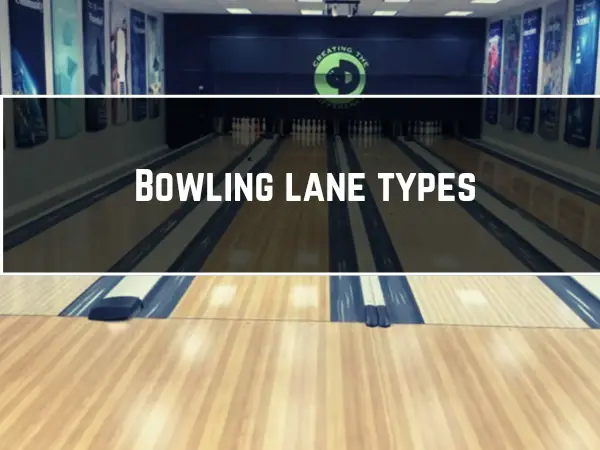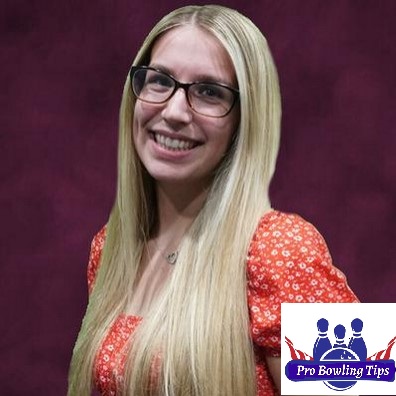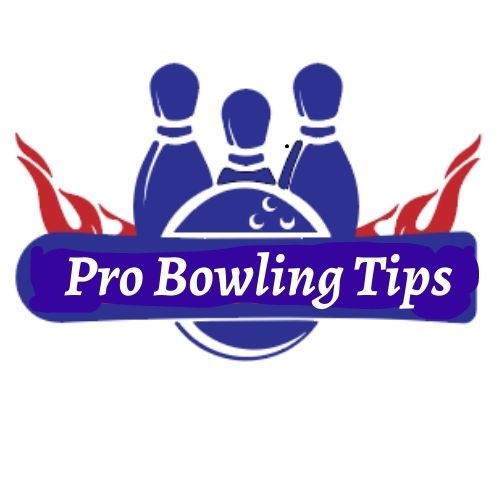
Bowling lanes can come in different types. If you are a long-time bowler, you probably know already that bowling lanes can be constructed of different materials. Just like bowling balls, bowling lanes can also have different materials and quality, and of course, durability and results.
Back in the day, wood lanes were super hyped! After that more sensibly-made bowling lane surface types entered the industry they completely transformed the bowling industry significantly. Today, we will talk about all types of bowling lanes and point out the differences they have among them. So stay tuned! I’ve got a lot to talk about.
Types of Bowling Lanes based on Bowling Surface Materials
Looks can confuse you. There are a few bowling lane kinds out there and they all look pretty similar to one another. But the truth is they are very different from one another in terms of surface materials and functionalities. Let’s say you have laid down the same lane conditioner on different bowling lane surfaces. Do you think that the result will be different? Of course! Let me break down all types of bowling lanes on the basis of materials one by one.
1. Wood lanes:
As you all can guess, wood lanes are made of wood. So what kinds of wood are used for that? Pinewood and maple wood are the most commonly used to construct wooden bowling lanes. Bowlers who have experience bowling on wooden lanes claim that these lanes are very prone to wear and tear. It is also a hassle for bowling lane owners because they are high maintenance. The reason wood bowling lanes are not as sturdy as other lane materials are that wood is an organic component and it is prone to decay with time.
Wood is also porous, meaning, there are so many microscopic holes that absorb oil from the lane. This is why wooden lanes dry up quickly when you bowl and the conditioner needs to be reapplied more often. It is also a notable factor that wood is comparatively softer, so it is not much durable and needs frequent repairing.
2. Synthetic lanes:
As opposed to organic wooden lanes, synthetic lanes are made of synthetic materials. These lanes are more durable than wood lanes and resistant to wear, tear, scratches, and cracks. What bowlers love about synthetic lanes is that it absorbs less oil and also require less maintenance. These stronger lanes also provide more backend reaction which is every bowler’s dream.
When urethane became a big thing in the 90s the bowling industry started making urethane bowling balls and soon urethane coating was being applied on the bowling lanes for modernizing the lane surfaces and their advanced durability. This is when synthetic lanes started to receive their deserving attention.
The synthetic bowling lanes we see today are constructed with a bunch of different synthetic materials. For example— resistant aluminum oxide, the matrix of melamine resin, etc. The resin material toughens up the surface of the synthetic lanes. Besides strengthening the upper layer, it also smooths out the texture and makes it almost non-porous for tremendous backend reaction. Lane operators also enjoy cleaning synthetic lanes for their low-maintenance features.
3. Hybrid lanes
Just like hybrid bowling balls, you can now find centers that offer hybrid bowling lanes. So what’s so special about this bowling lane? It is a unique blend of traditional wooden and synthetic materials. It is part synthetic lane, and part wooden lane. In most bowling centers, the heads of the bowling lane are synthetic so that your bowling ball can save up its energy a bit more than usual. This is important for when the ball gets into the friction phase. Do not worry, you won’t see any peculiar ball reaction. Your ball won’t make an immediate turn (or change its direction) as soon as it hits the wooden part of the lane. However, your ball is more likely to hook than it does on a full synthetic lane. So that’s great, right? If you ever come across the hybrid lanes, don’t be afraid. Just play the lane like you play your synthetic lanes.
Types of Bowling Lanes based on Bowling Oil Pattern
So how long bowling lanes are? 60 feet. Yes, we all know that. But do you know that on the basis of bowling oil patterns, bowling lanes are divided into three categories? Do you want to know about them? Good! Now that’s exactly what I will talk about. So keep on reading.
1. Longer oil lanes:
Bowling oil patterns that are around 43 to 50 feet or more are considered the longest oil patterns. For longer oil patterns, bowling straight and a bit from the inside is a better and wiser option. You don’t want to create too much longer with your ball when you’re already bowling on a longer oil pattern. You can always use the rule of 31 to have an idea of where to start.
2. Medium oil lanes:
Bowling oil patterns that are around 38 to 42 are considered medium oil patterns. For medium oil patterns, both bowling from the inside and outside can work. However, I will recommend you use the rule of 31 for a better idea of where to start on the lane that is not too long or too short.
3. Shorter oil lanes:
Bowling oil patterns that are around 37 feet or shorter are considered the shortest oil patterns. For shorter oil patterns, bowling with hooking and a bit from the outside is a better and wiser option. You are gonna have to create a bit of length with your ball by bowling from the outside when you’re bowling on a shorter oil pattern.
Conclusion
So there you go, mates! I have put out all the basic information you need regarding bowling lanes. To understand the differences in depth, you have to try out all types of bowling lanes, at least one. You should also have experience bowling on different lengths, short, and medium oil patterns. It is always interesting to know more about the sport you are involved in. Having real-life experience is even better. If you want to know more, feel free to drop a comment down below and I will answer you shortly. Good luck and have fun, my friends!

Passionate Bowler and Bowling Enthusiast
Jess Pinelli is a dedicated bowling enthusiast with a deep love for the sport that spans over 6 years. With numerous strikes, spares, and a few gutter balls under hes belt, he has honed his skills on lanes across the country. Pinelli’s journey in the world of bowling has been a remarkable one, from casual weekend games with friends to competitive league play and even a few local tournaments.
Driven by her passion for the game, Pinelli decided to channel her expertise and knowledge into the digital realm, becoming a prolific author on this bowling website. She’s your go-to source for everything bowling-related, from mastering the perfect hook to choosing the right bowling ball and even navigating the world of bowling etiquette.
When she’s not busy writing informative articles or reviewing the latest bowling gear, you’ll likely find Pinellis at her favorite local bowling alley, helping newcomers improve their game or enjoying some friendly competition with fellow bowlers. She firmly believes that bowling is not just a game but a community, and she’s committed to fostering that sense of camaraderie both online and offline.



